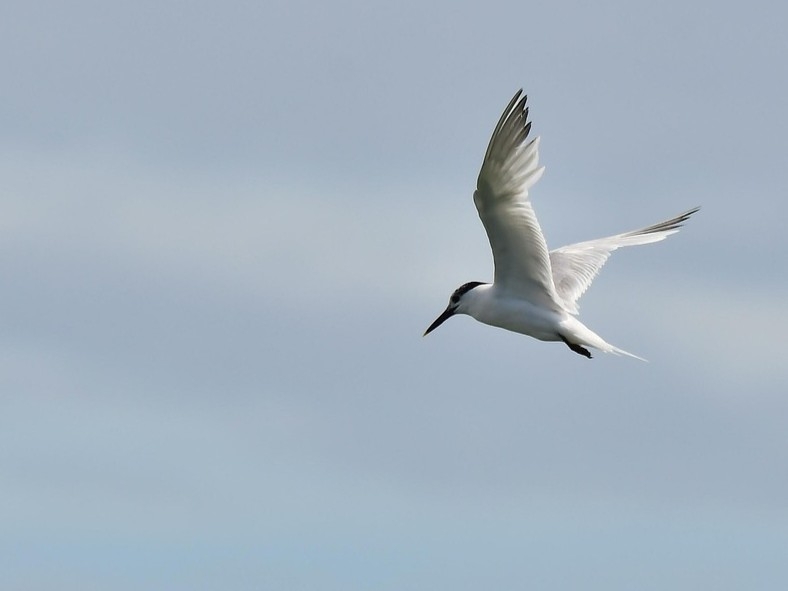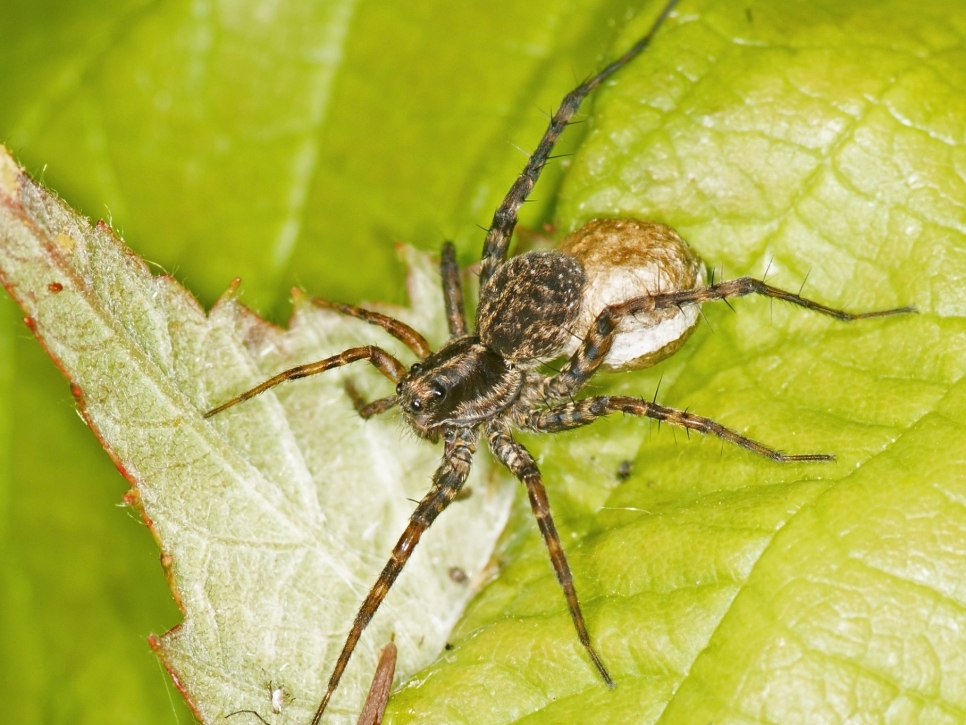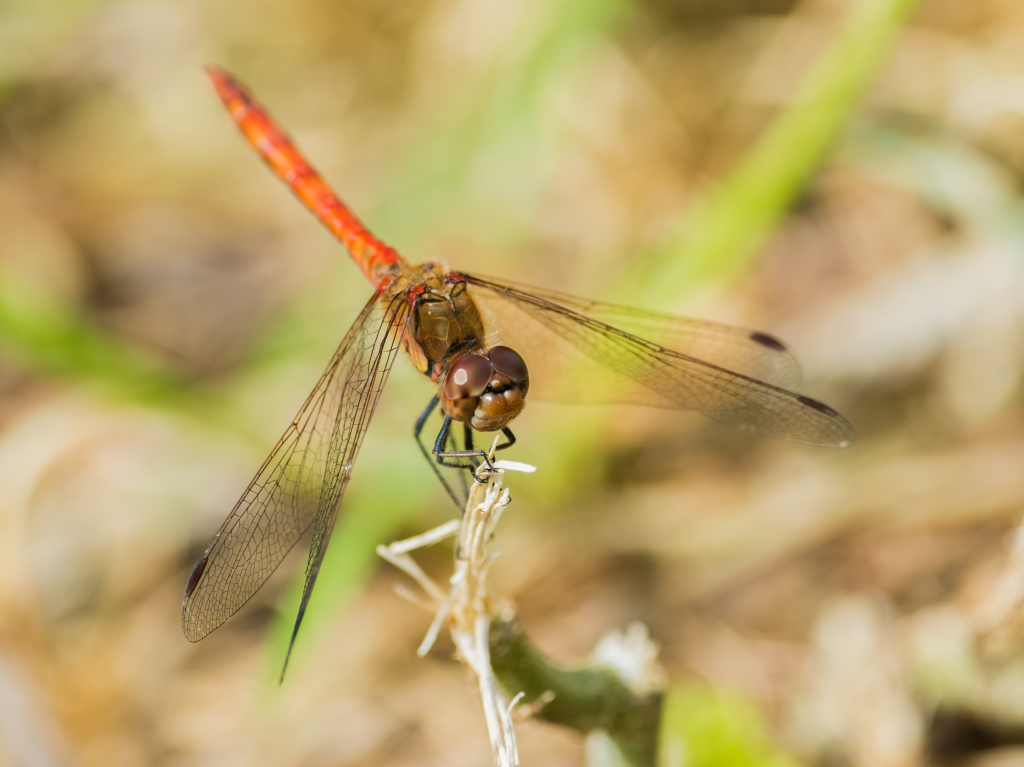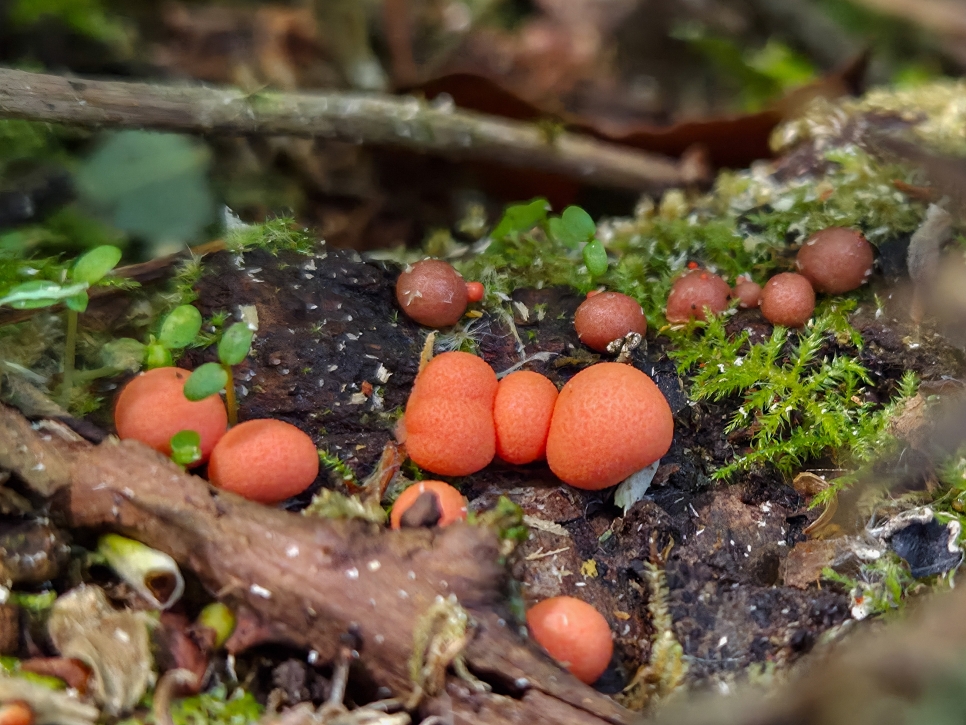Recent Sightings (9th- 12th Sep)

British Steel Hide
The highlight of the past few days was a fantastic juvenile Wood Sandpiper that was present for 15 minutes or so on the saline lagoons in the morning of the 12th. Other uncommon (for us) wader species included 3 Ruff, 2 Whimbrel, 3 Bar-tailed Godwits, a Turnstone and a Spotted Redshank. With more good high tides recently, our commoner waders were found in very good numbers on the saline lagoons. On the 9th, 1247 Black-tailed Godwits were counted from the Steel hide, a new site record! Other wader species were found in good numbers too with counts of 266 Redshank, 57 Knot, 76 Greenshank, 216 Dunlin, 388 Curlew and 20 Lapwing. The 2 Spoonbills are still being seen regularly from the hide.
On the estuary, high winds and high tides brought up 2 Manx Shearwaters and a Gannet. A Black Tern was seen on the estuary on the 9th and 2 Sandwich Terns were seen on the 11th. Up to 5 Great Crested Grebes were seen on the estuary also.
Other birds seen from the hide include 27 Wigeon, 6 Shoveler, 9 Pintail, up to 120 Linnets, a Kingfisher, a Peregrine, a Sparrowhawk and plenty of Little Egrets, Grey Herons and various Gull species.
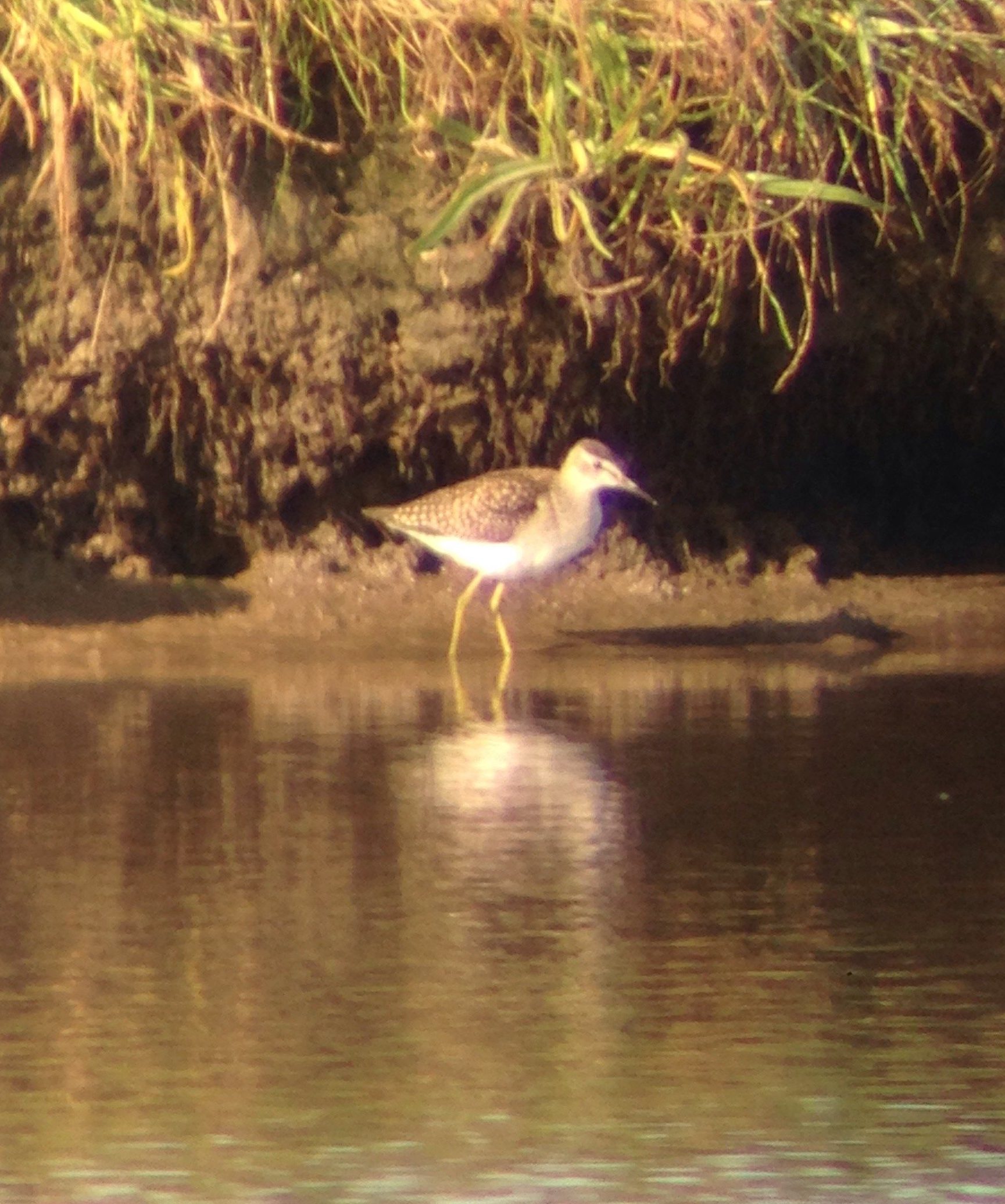
Millenium Wetlands
Plenty of different wildfowl species can be found on the deep water lake at the moment with counts of 30 Mallard, 11 Gadwall, 2 Pochard, 2 Teal, a Wigeon, a Shoveler, 5 Little Grebes, 33 Coot and the family of Mute Swans. 19 Lapwing, 2 Black-tailed Godwits and a Greenshank were seen on the stony island in front of the Peter Scott Hide. A Kingfisher is still a regular visitor and up to 23 Little Egrets were seen roosting in the trees around the lake. Water Rails can still be heard calling from the reedbeds around the Welsh Water Hide and plenty of our common Tit and Finch and even a few Warbler species can be found in scrubby areas around the reserve. Also seen regularly are Sparrowhawks and Common Buzzards.
The Grounds and Observatory
Up to 27 Pintail, 23 Tufted Ducks, 16 Shoveler, 66 Teal, 2 Pochard, 64 Mallard, 2 Coot and 14 Moorhen have been seen on the freshwater lagoon from the Observatory. A Yellow Wagtail was seen flying over the freshwater lagoon on the 12th as well as 2 Grey Wagtails and a Sparrowhawk.
Birds to (possibly) look out for in the coming days
Be on the look out for the Wood Sandpiper from the British Steel Hide as it may return! Also look out for the growing flock of Wigeon that prefers to feed on the far banks of the saline lagoons. With winter closing in, different Tit species form mixed flocks in which they feed together and move around from tree to tree. In amongst these groups of you can find birds like Goldcrests and Chiffchaffs and as October approaches there is a possibility that something like a Firecrest or Yellow-browed Warbler may join one of these tit flocks. Listen out for the Yellow-browed Warblers distinctive call in early to mid October!
Link to:
Yellow-browed Warbler call - http://www.xeno-canto.org/151365
